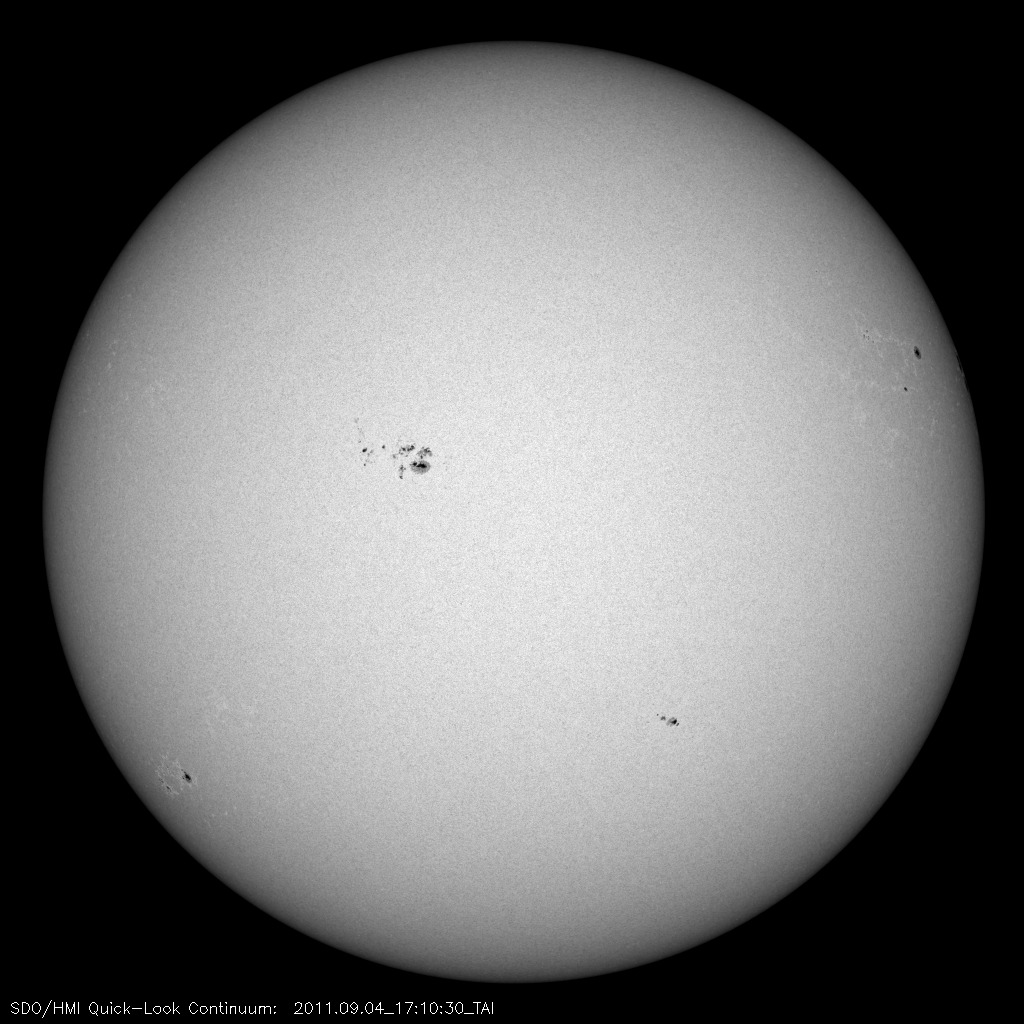
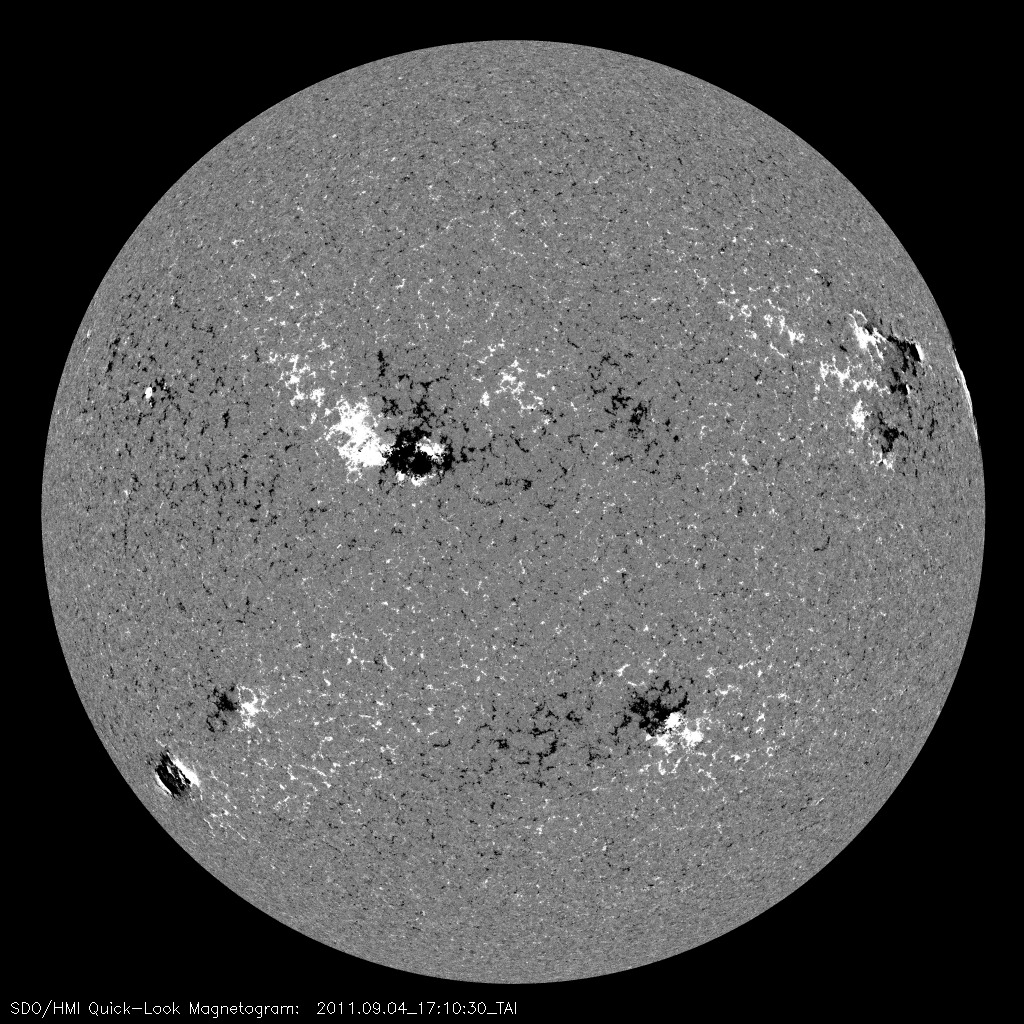
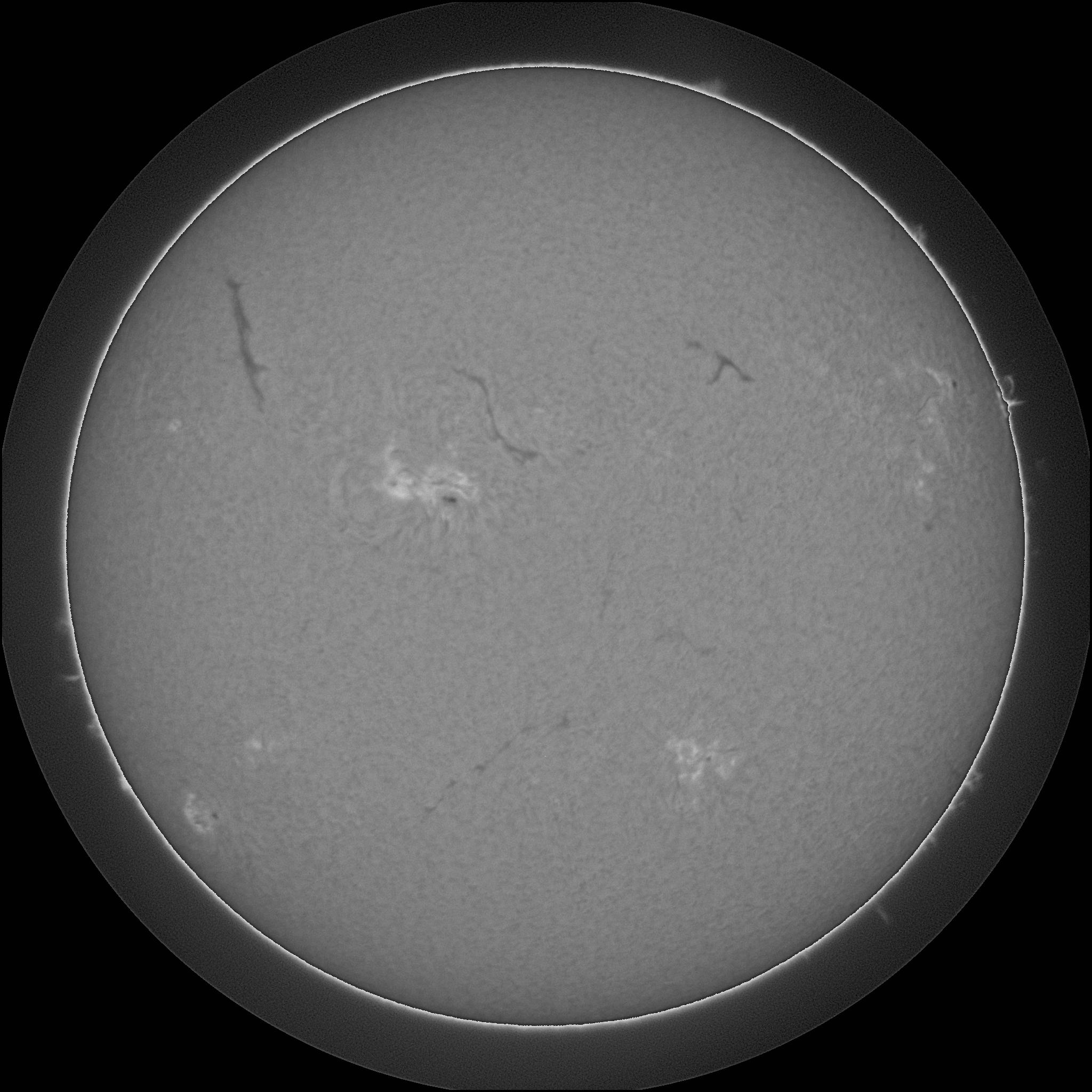
Region
Reports
Notes
MM#009 Default HESSI Target
West limb target region NOAA 1280 was the source of several C-class events and an impressive M3.2 event since the last message.
The M-class event was at 09/04/11:45 UT. 1280 should produce
additional limb events in the next 24 hour period. The position of NOAA 1280 on September 04 at 04:30 UT is: N12W81 (Solar X = 919", Solar Y = 177"
Bill Marquette (Helio Research)
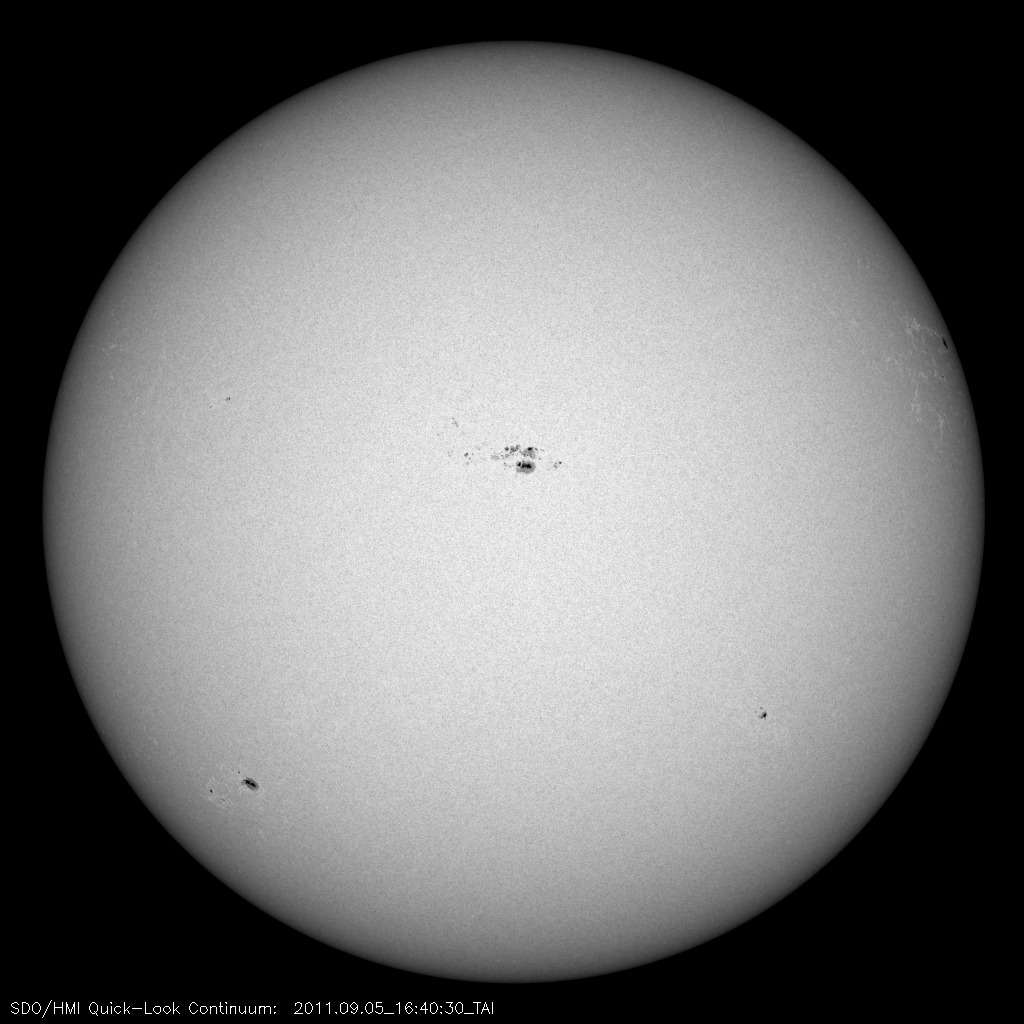
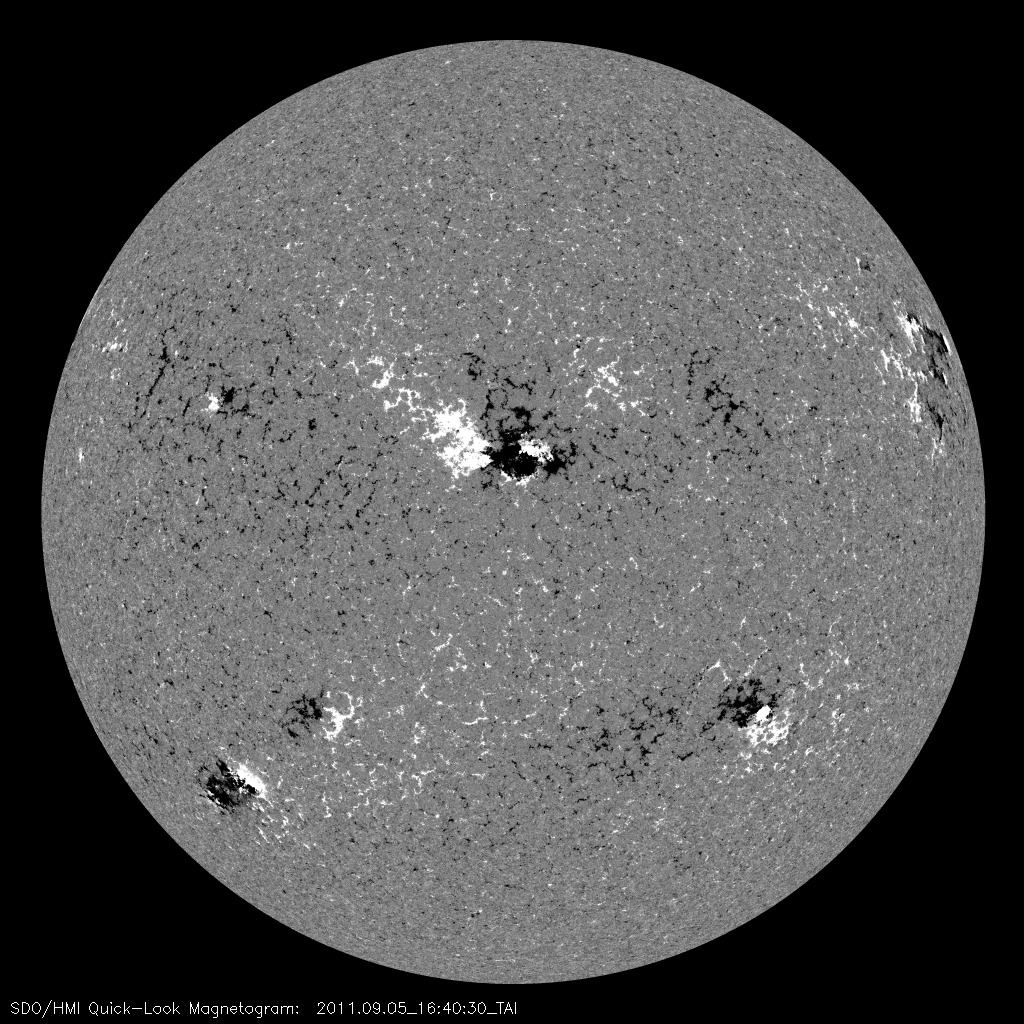
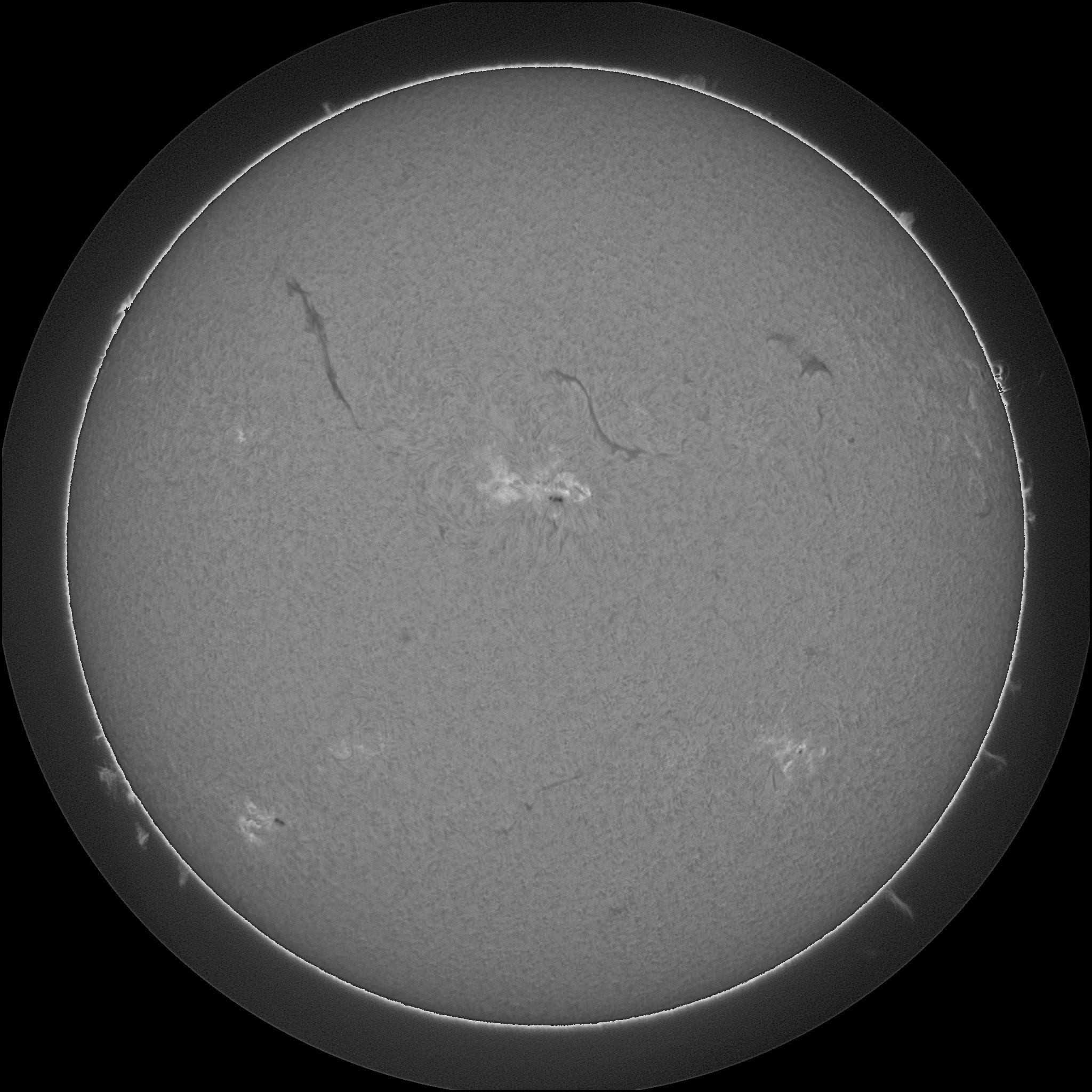
Region
Reports
Notes
MM#009 Default HESSI Target
Target NOAA 1280 located beyond the northwest limb was the source of two M-class events since the last report (M1.6 at 09/05/04:28 and M1.2 at 09/05/07:58 UT). Additional interesting limb events are possible for at least during the first half of the next 24 hour period. The position of NOAA 1280 on September 05 at 15:30 UT is: N13W91 (Solar X = 926", Solar Y = 214")
Bill Marquette (Helio Research)
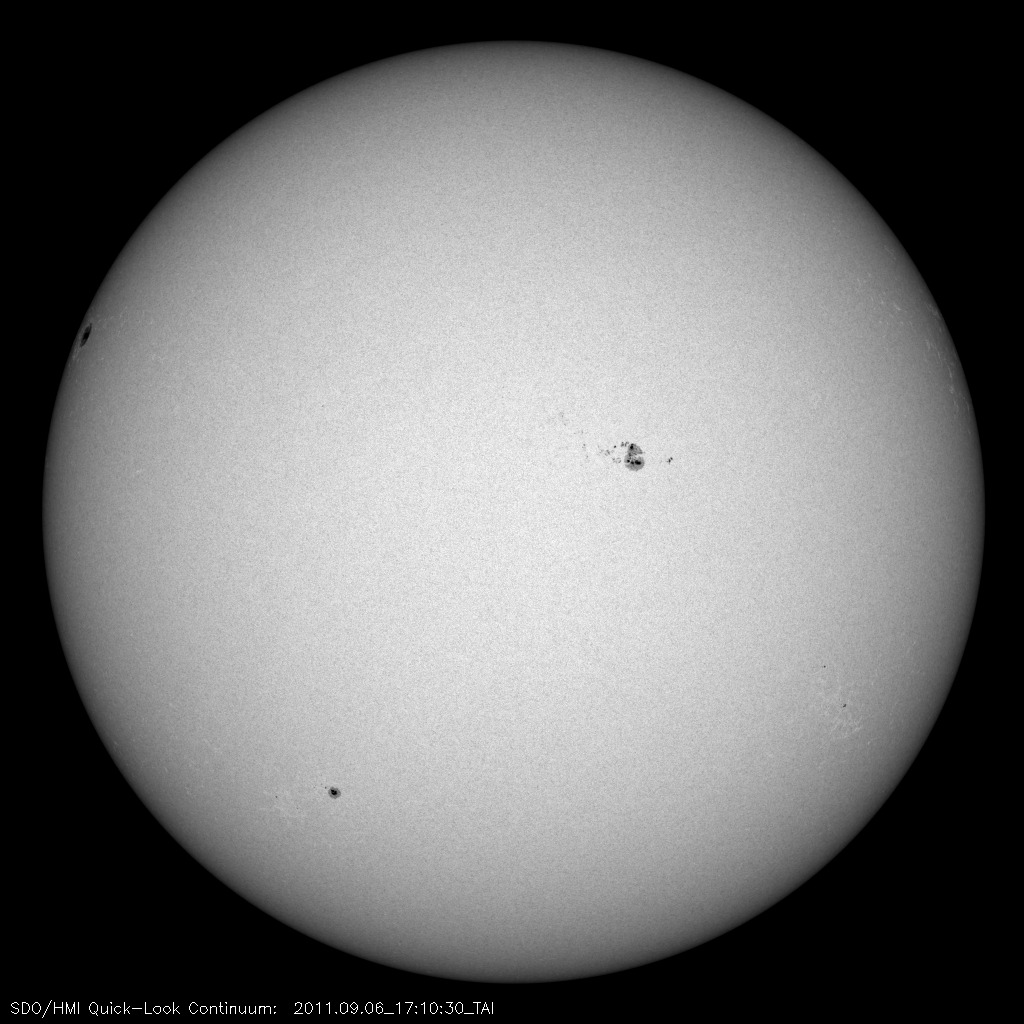
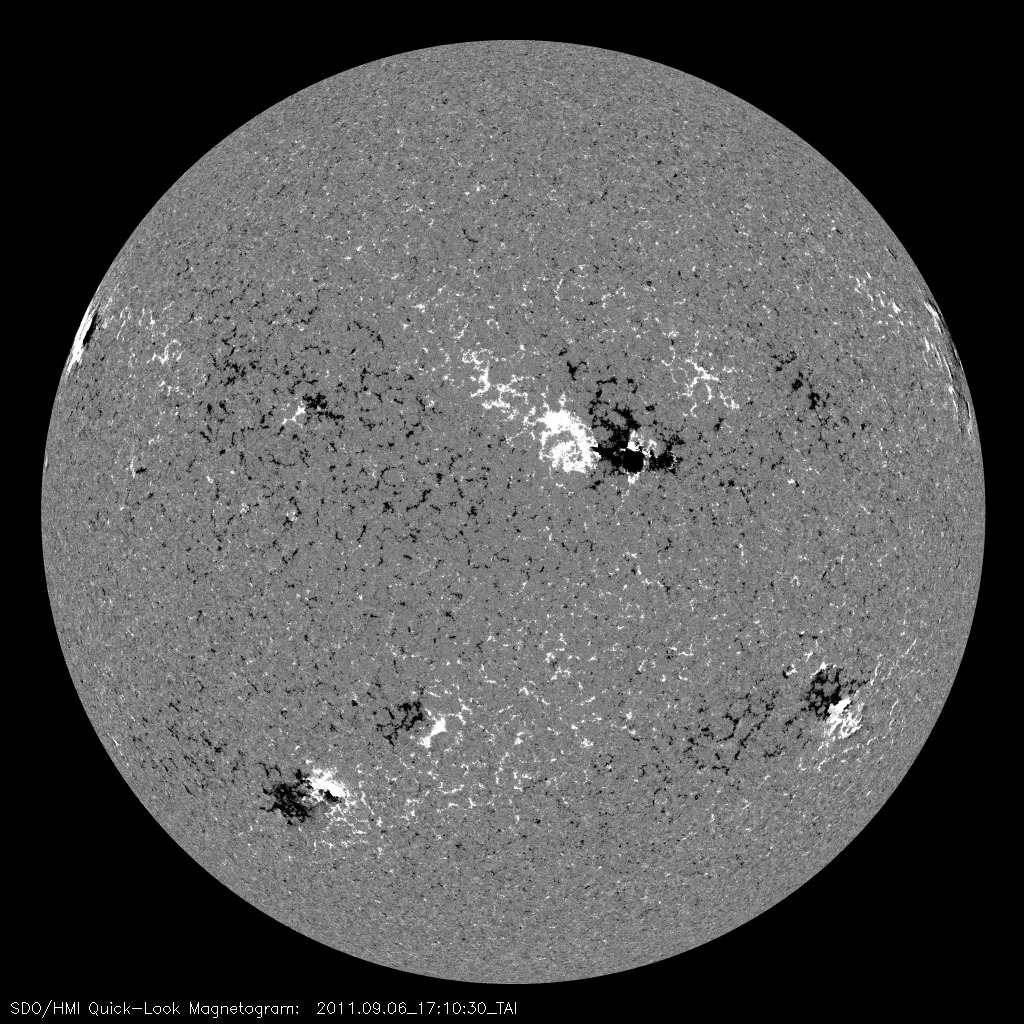
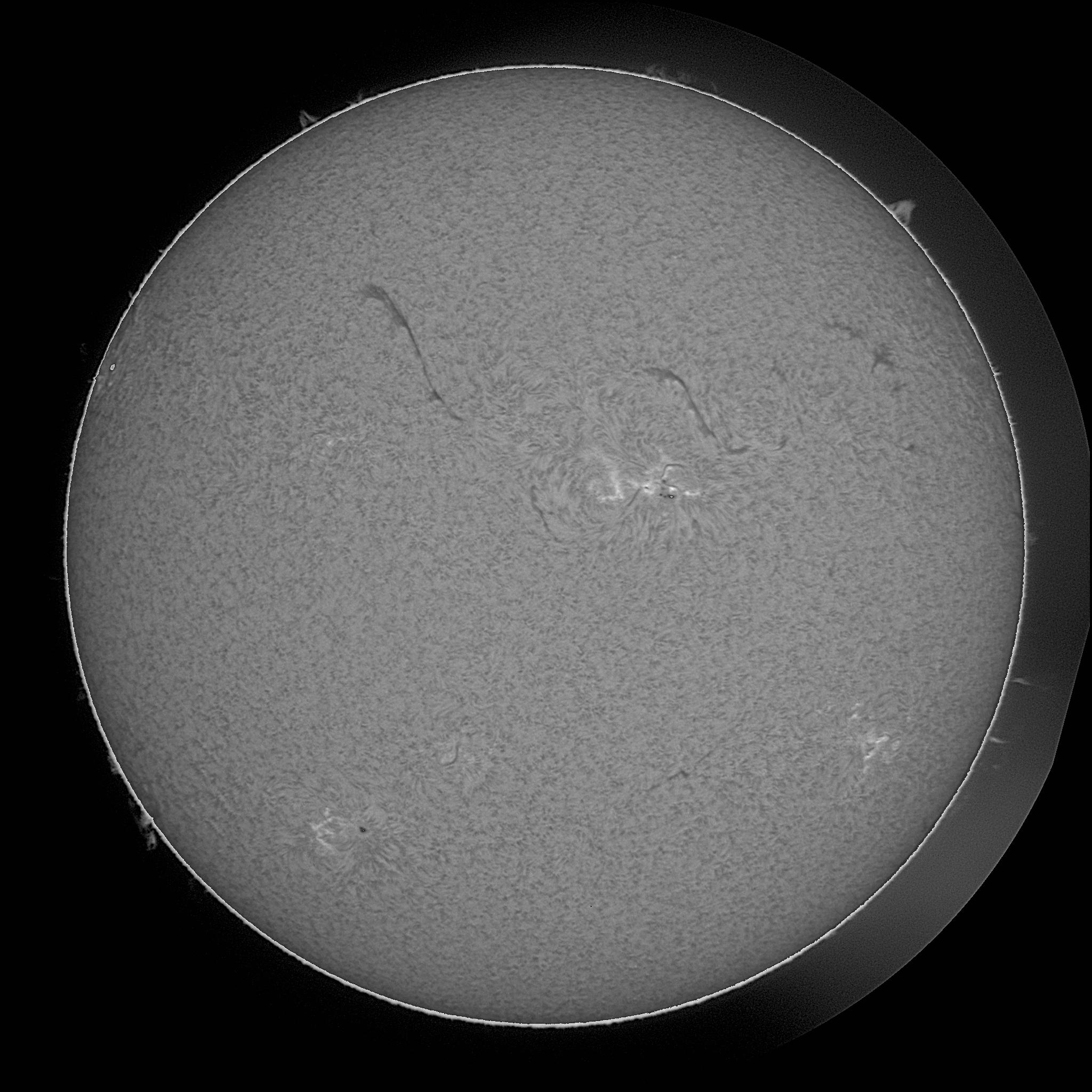
Region
Reports
Notes
MM#003 Major Flare Watch
At this time we are implementing Max Millennium coordinated observing plan #003 (Region Likely To Produce A Major Flare). NOAA 1283 switched into rapid growth phase developing a complex magnetic delta configuration. 1283 was the source of a major M5.3 flare at 01:50 UT today. A fast Earth-directed CME was associated with the flare. It is possible that 1283 will produce another event =>M5 in the next few days. The position of NOAA 1283 on September 06 at 15:30 UT is: N14W13 (Solar X = 208", Solar Y = 115")
Bill Marquette (Helio Research)
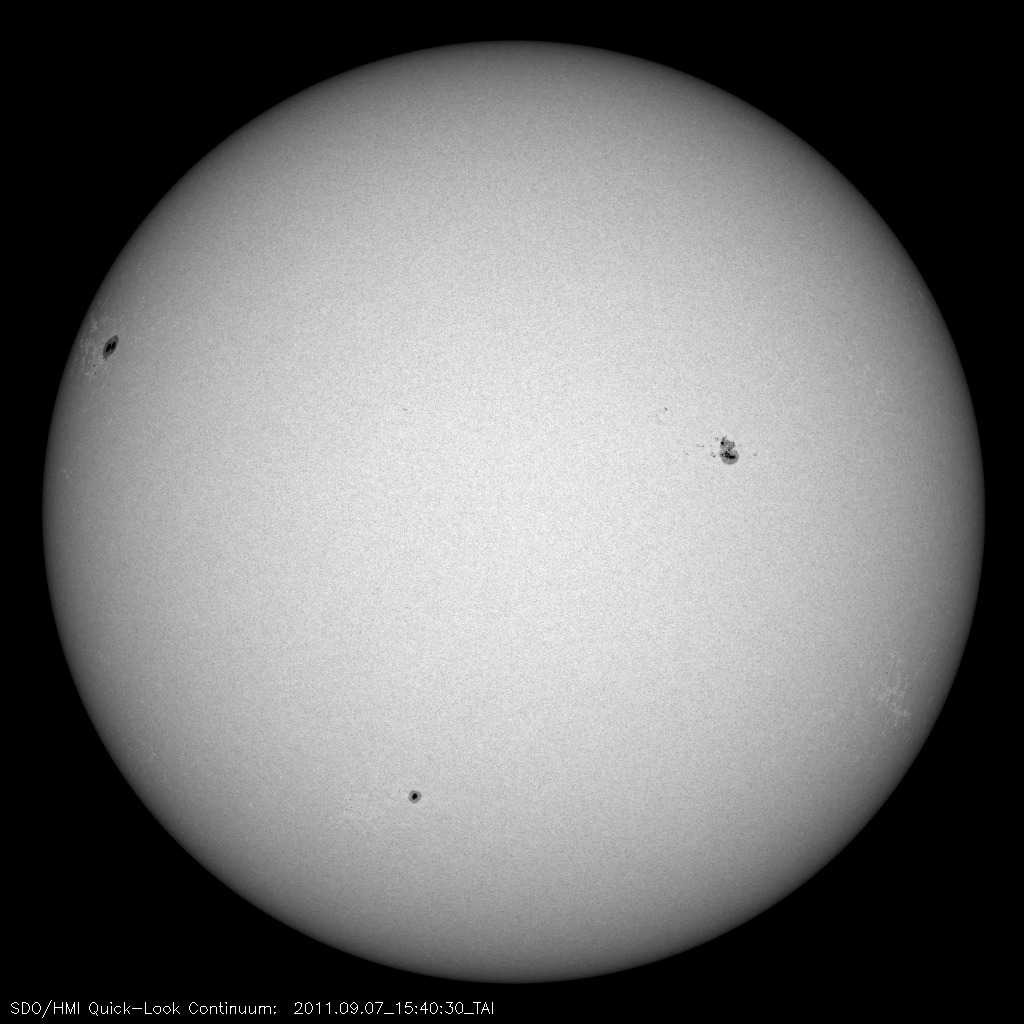
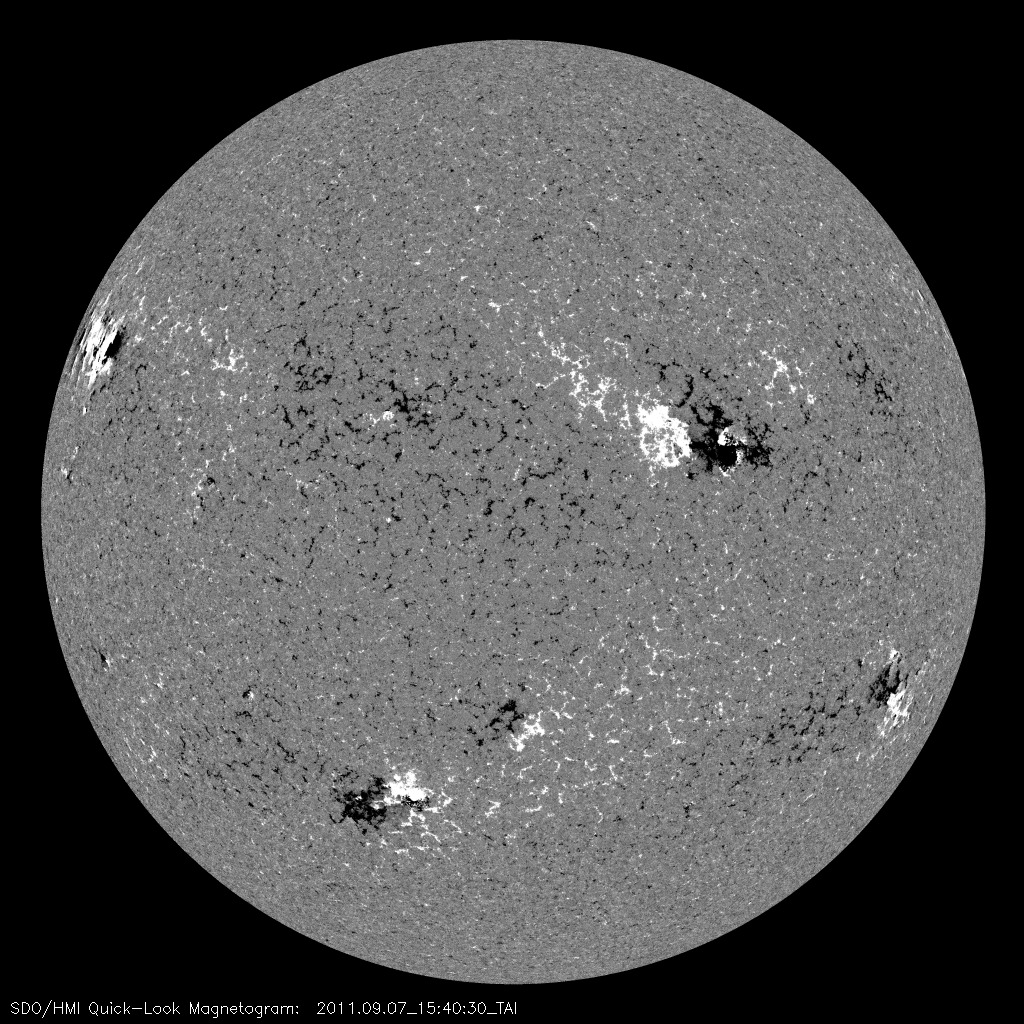
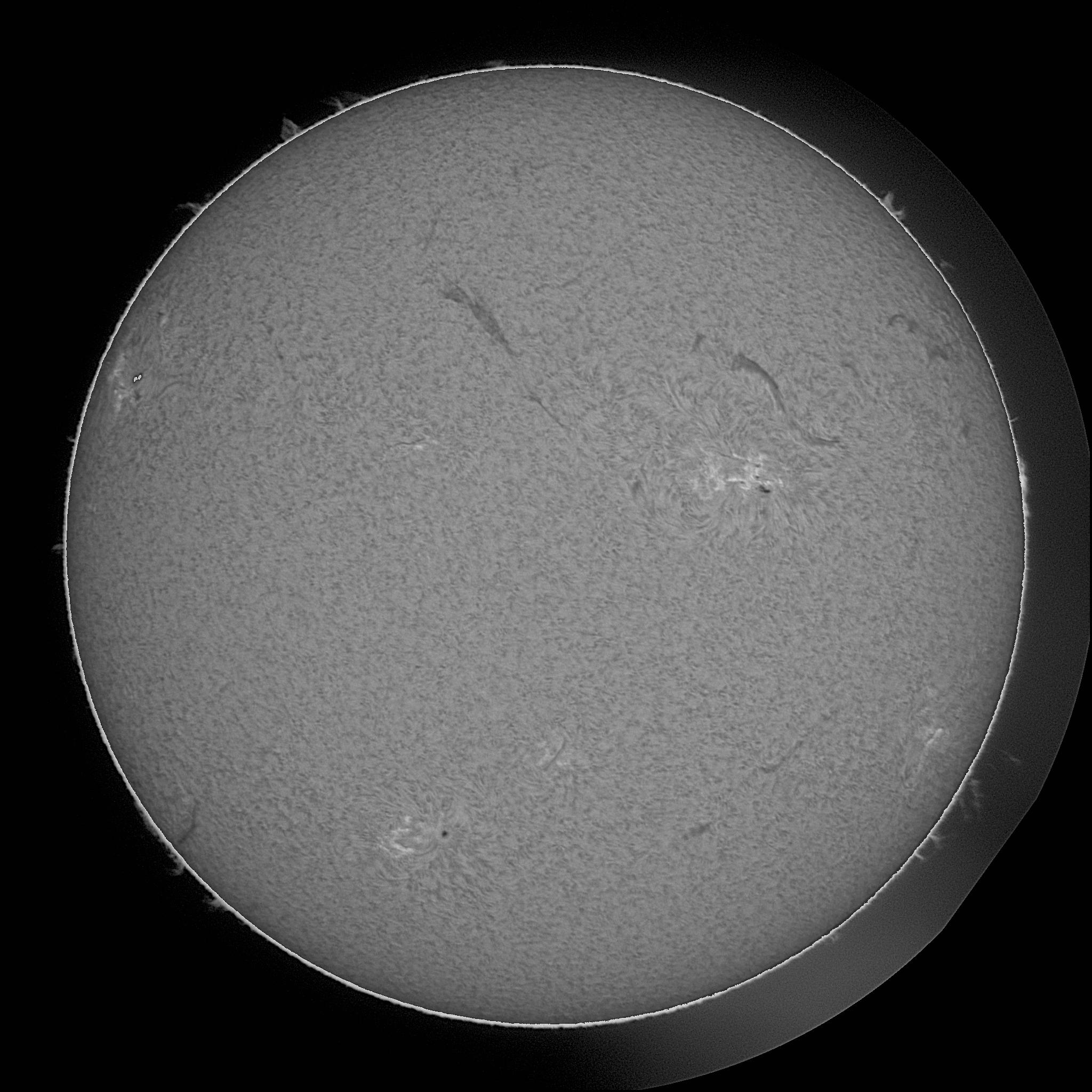
Region
Reports
Notes
MM#003 Major Flare Watch
Solar activity is high. Following the previously reported M5 flare on 2011/09/06 01:40 UT, NOAA 11283 was the source of an X2.1 proton (>10MeV) event at 22:20 UT. The event was associated with an Earth directed CME and caused an R3 radio blackout. The region continues to evolve and is now classified as a beta-gamma-delta type. The sunspots within the AR are rapidly converging on each other to the west of the region, most likely driving the high level activity we are getting. The Major Flare Watch campaign will continue as further high level activity is probable with further >=M5 flares possible in the next 24 hours. The position of NOAA 11283Â on 7-Sep-2011 15:30 UT is: N14W27 ( 417", 125" )
Claire Raftery (SSL, UC Berkeley)
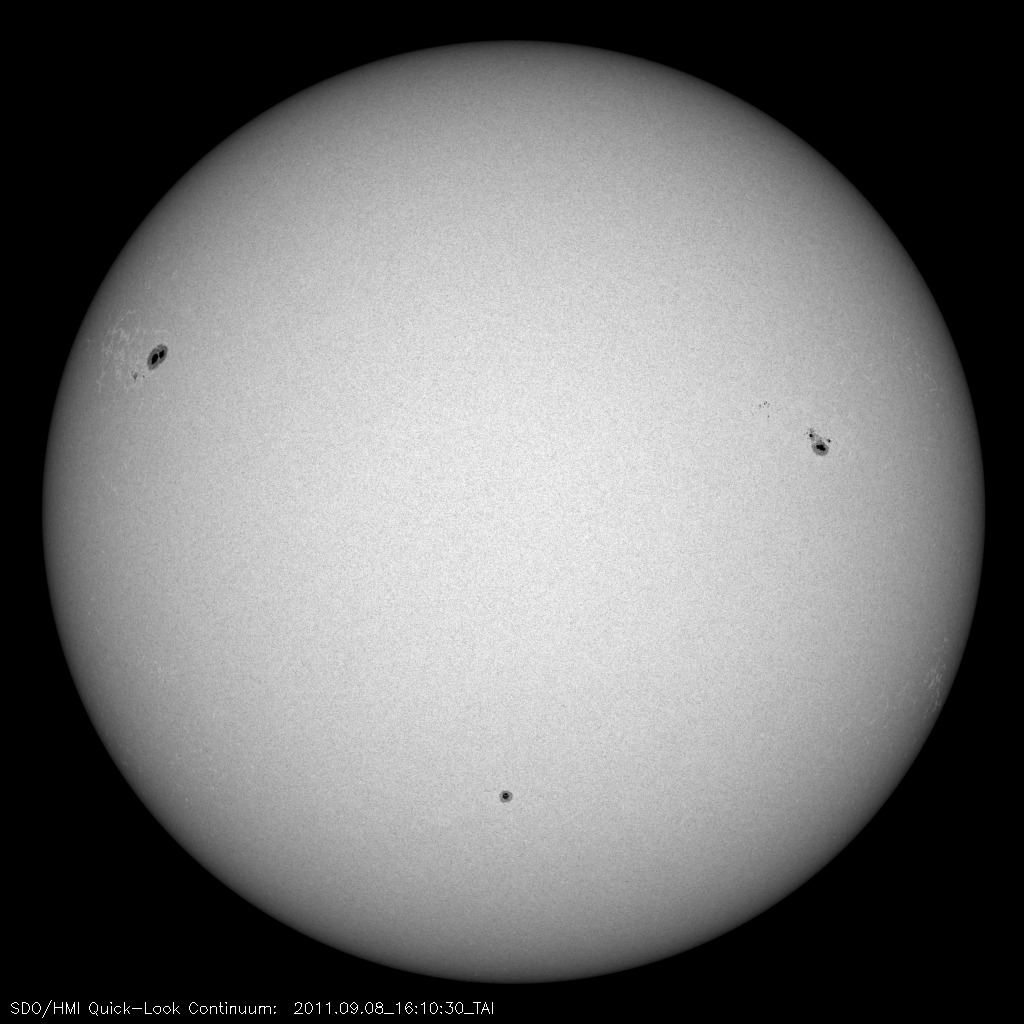
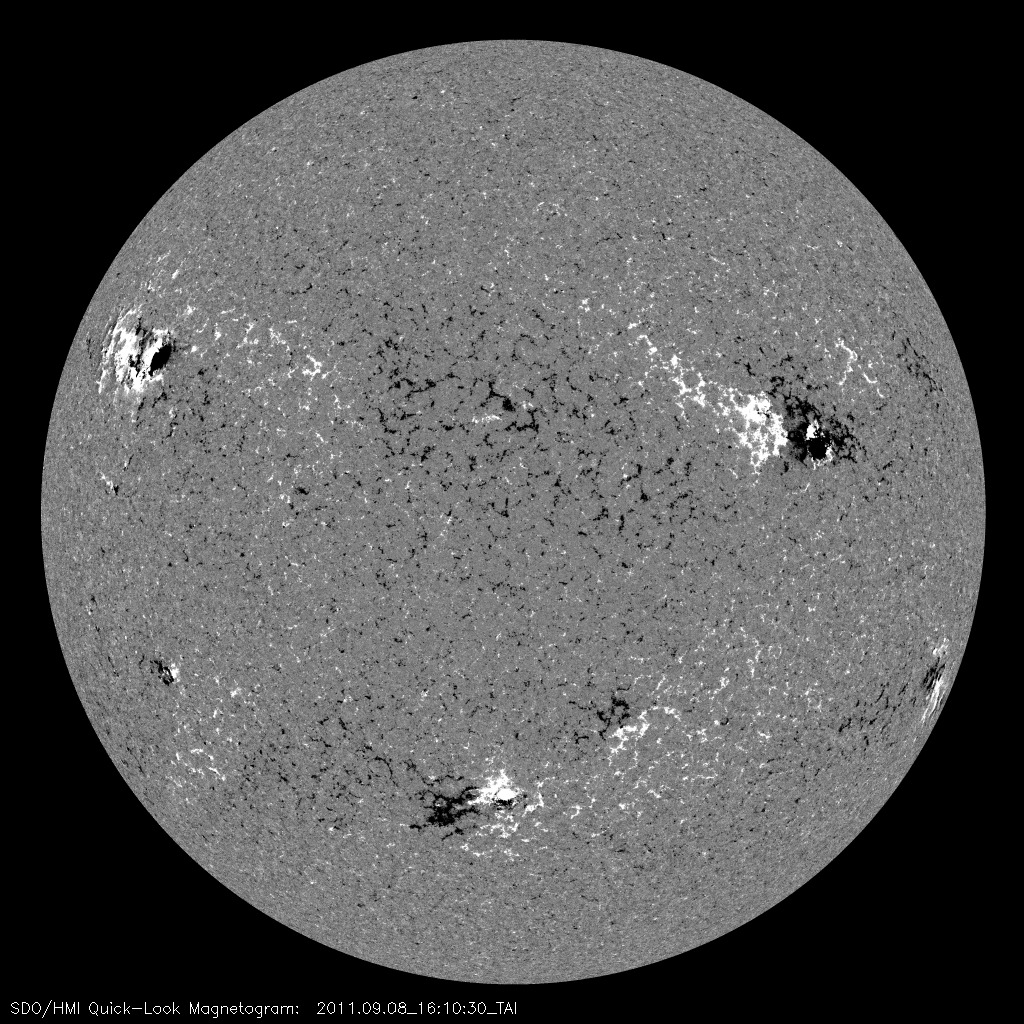
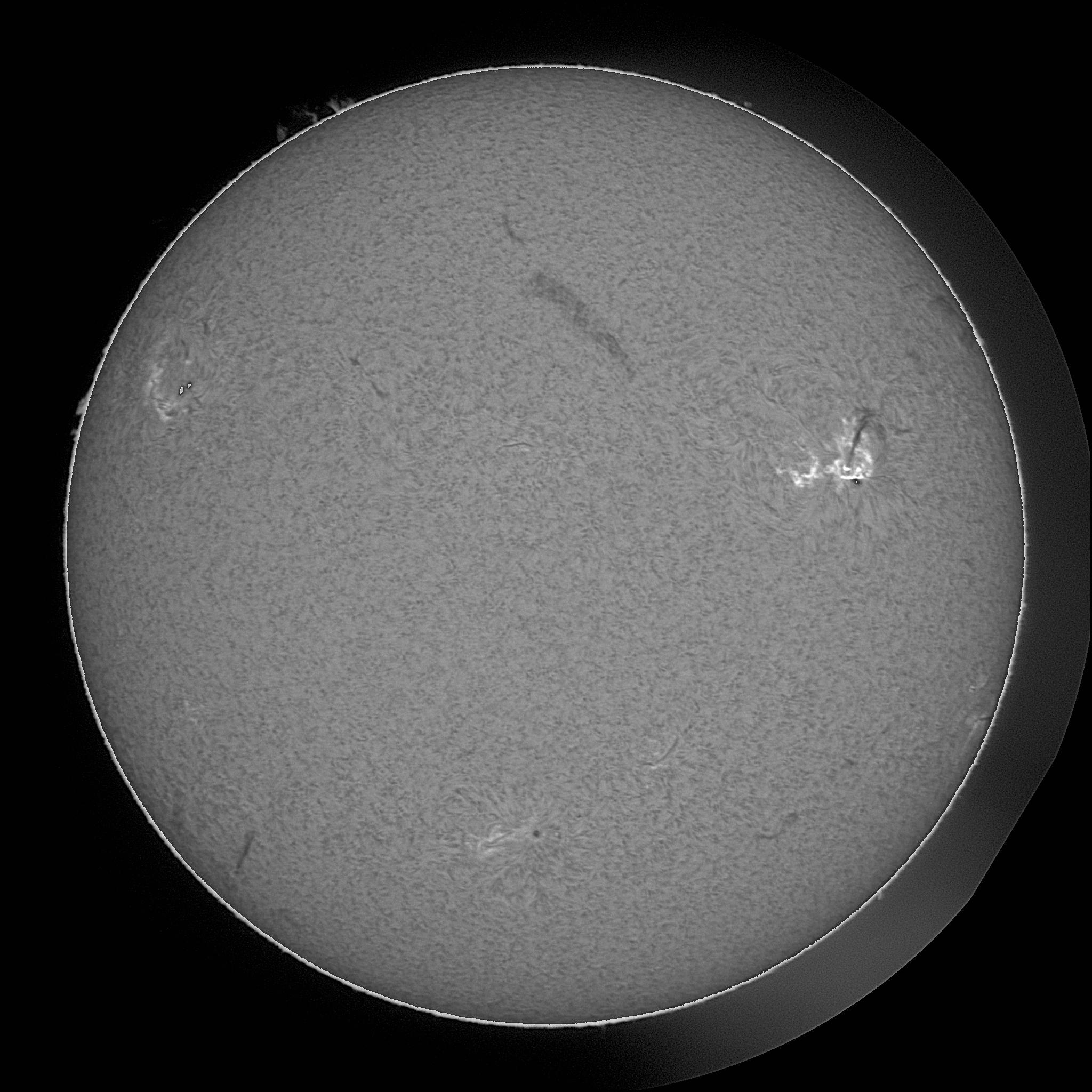
Region
Reports
Notes
MM#003 Major Flare Watch
Solar activity is high. NOAA 11283 produced a second X class flare - this time an X1.8 - at 2011/09/07 22:35 UT, again generating a radio blackout. In addition, it appears that another large flare is currently underway. At the time of this message the size is high M class. AR 11283 has not evolved significantly in the past 24 hours and the rapid sunspot motion observed previously has slowed. However, it retains its beta-gamma-delta configuration and with the high levels of activity it is producing, the Major Flare Watch will remain active. The position of NOAA on 8-Sep-2011 15:30 UT is: N14W41 ( 608", 140" )
Claire Raftery (SSL, UC Berkeley)
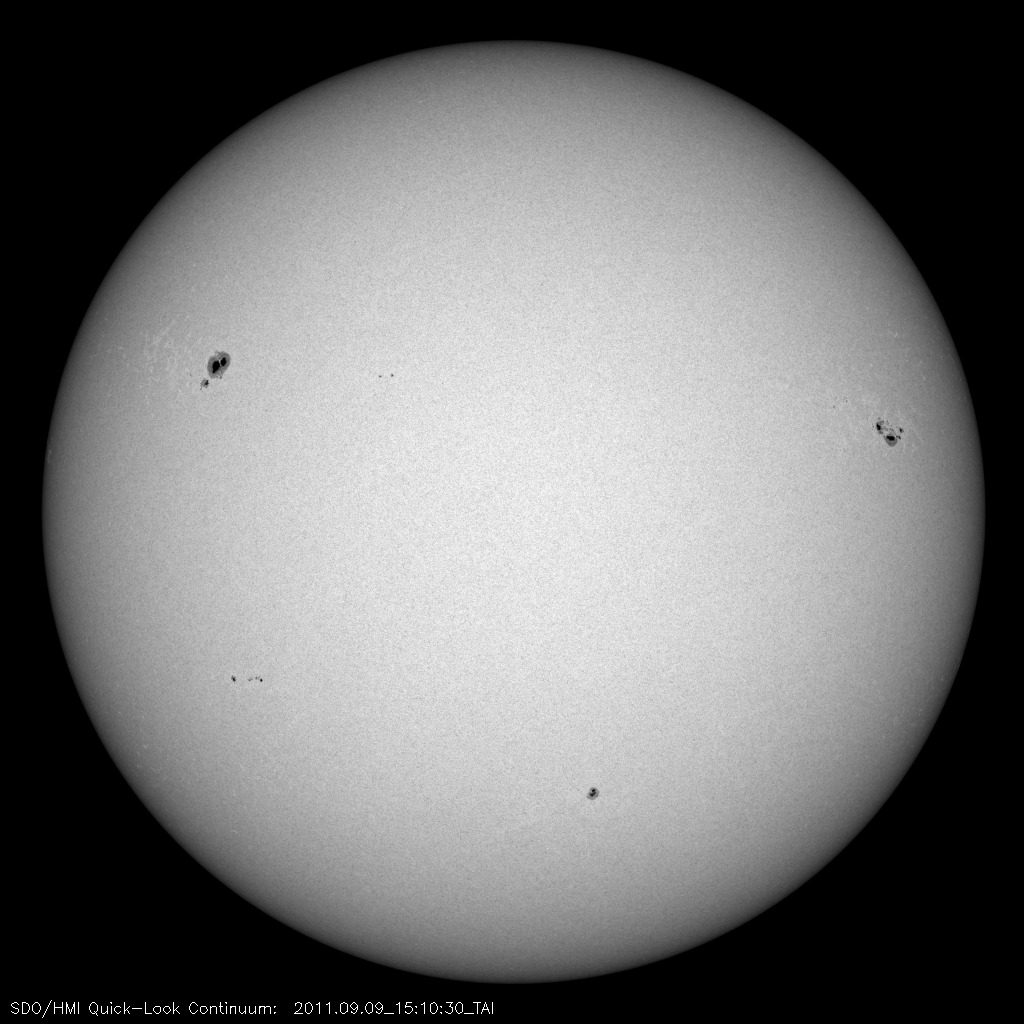
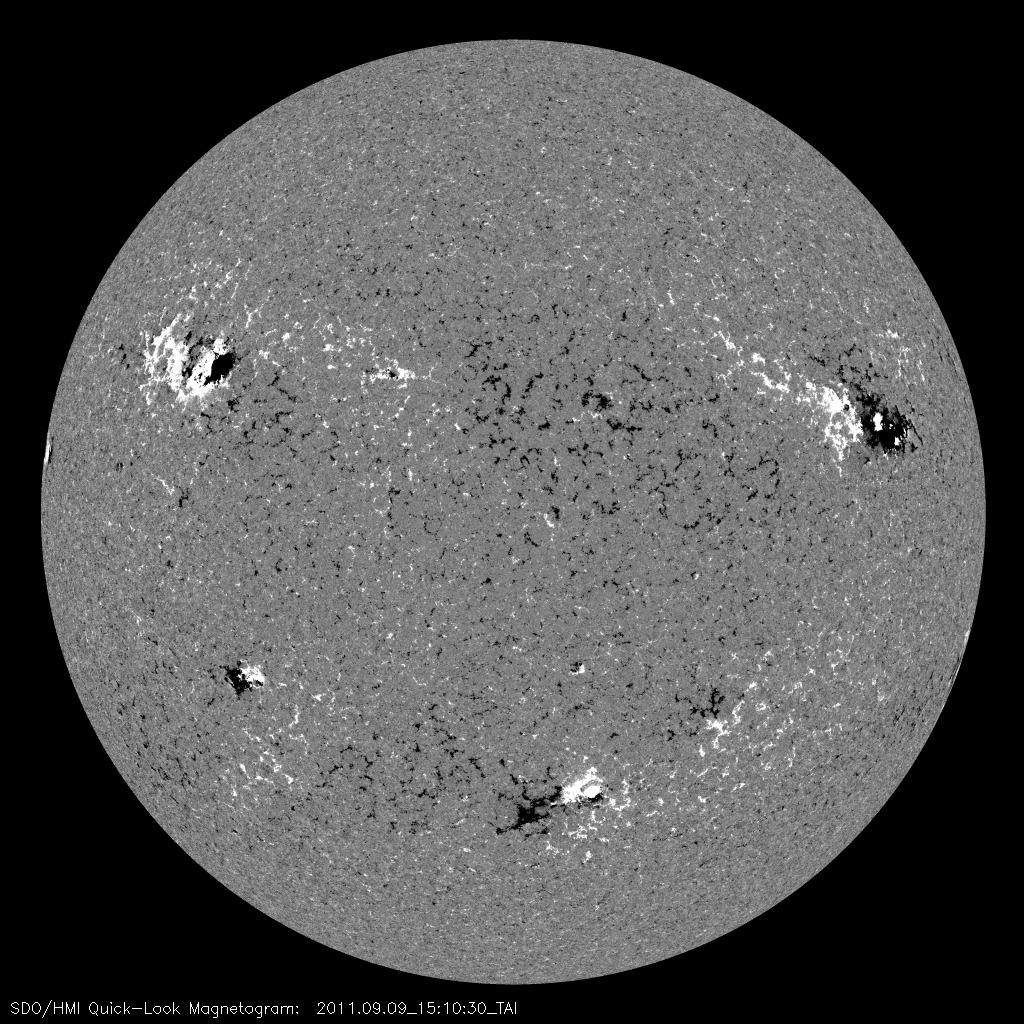
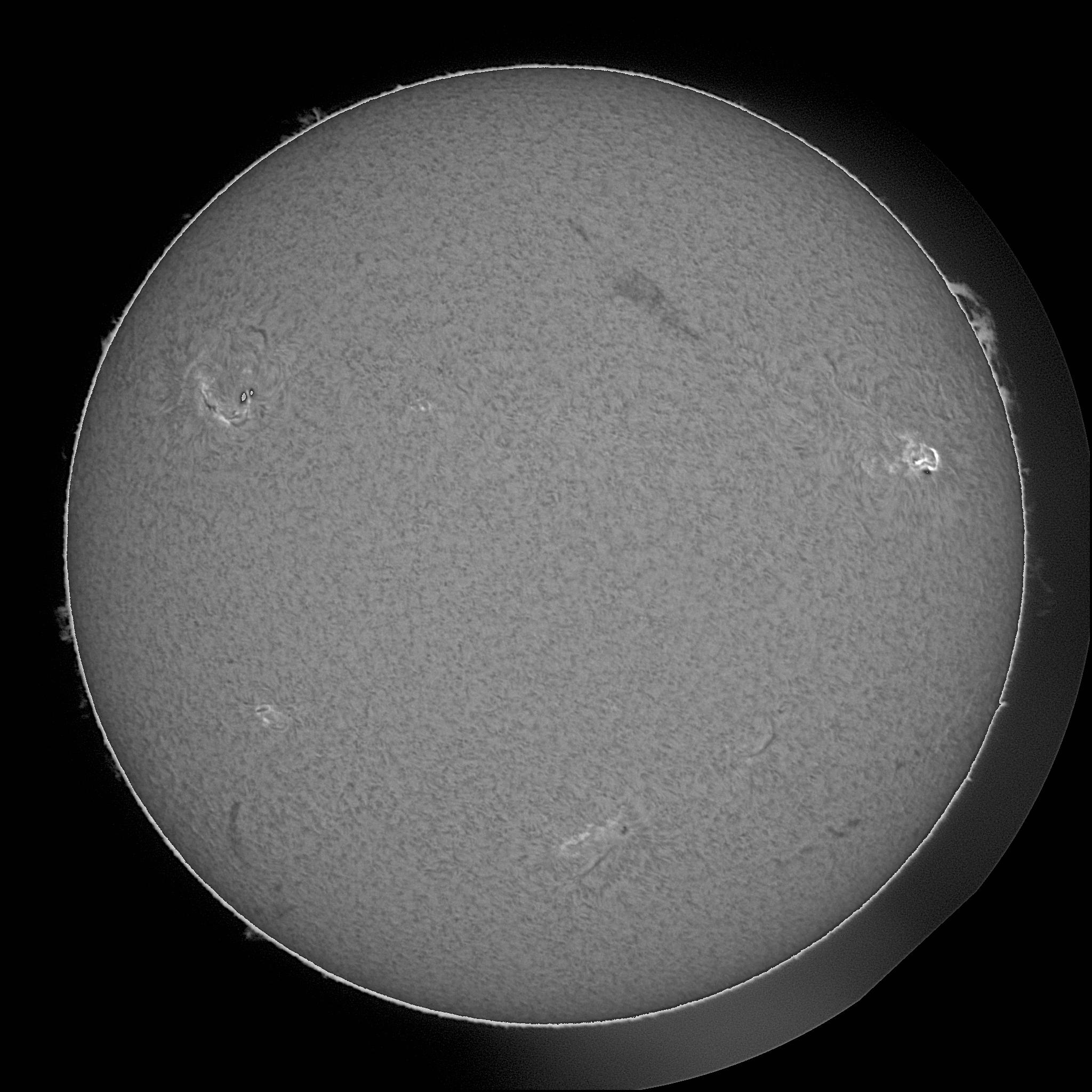
Region
Reports
Notes
MM#003 Major Flare Watch
Solar activity continues at high levels. There have been two M class flares in the past 24 hours, both of which were produced by NOAA 11283. This region is showing some signs of opposite-polarity flux emergence both close to the strong leader spot and also in the trailing plage region. Additionally, NOAA 11289 is showing signs of activity, producing C class flares. This too is a large, complex, multispot region that may produce higher level activity. However, 11283 will continue to be the focus of the Major Flare Watch with a
good chance of further >=M activity. The position of NOAA 11283Â on 9-Sep-2011 15:00 UT is: N16W50 ( 707", 187" )
Claire Raftery (SSL, UC Berkeley)
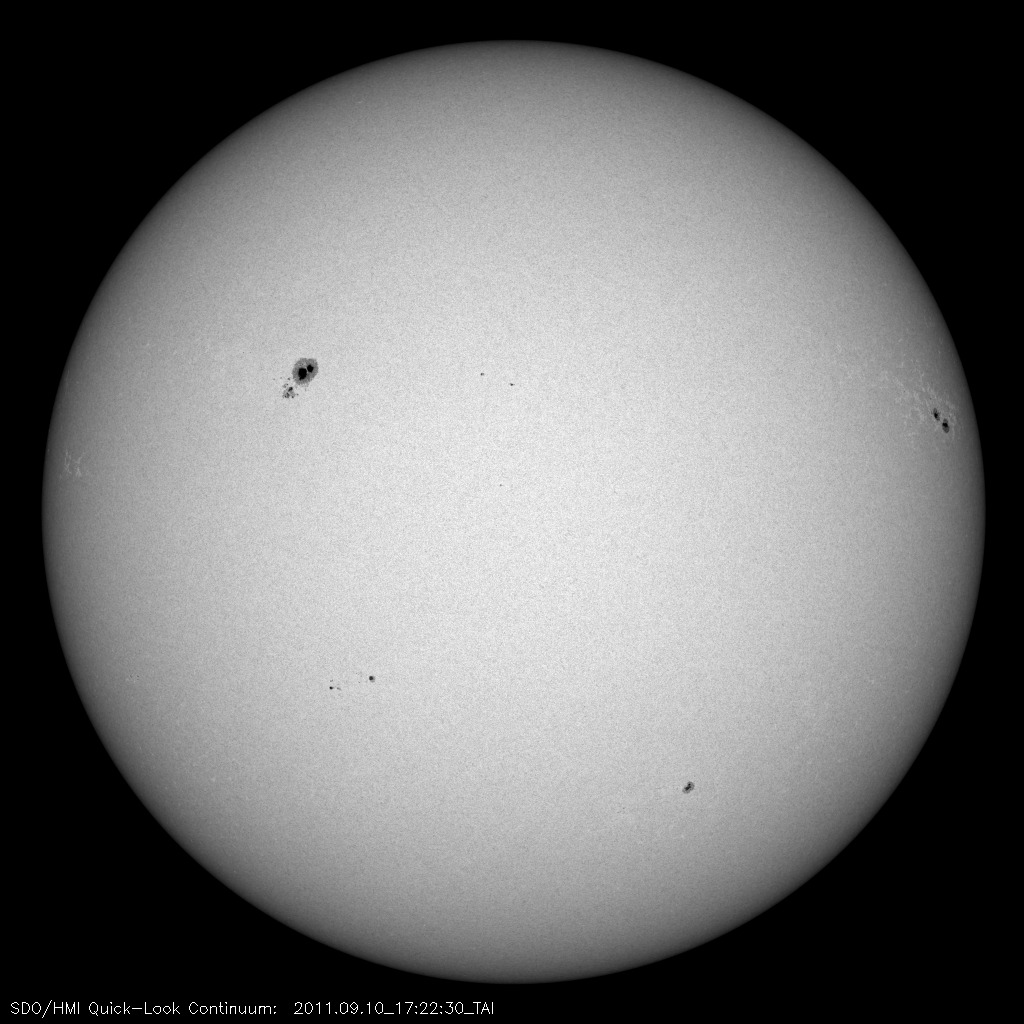
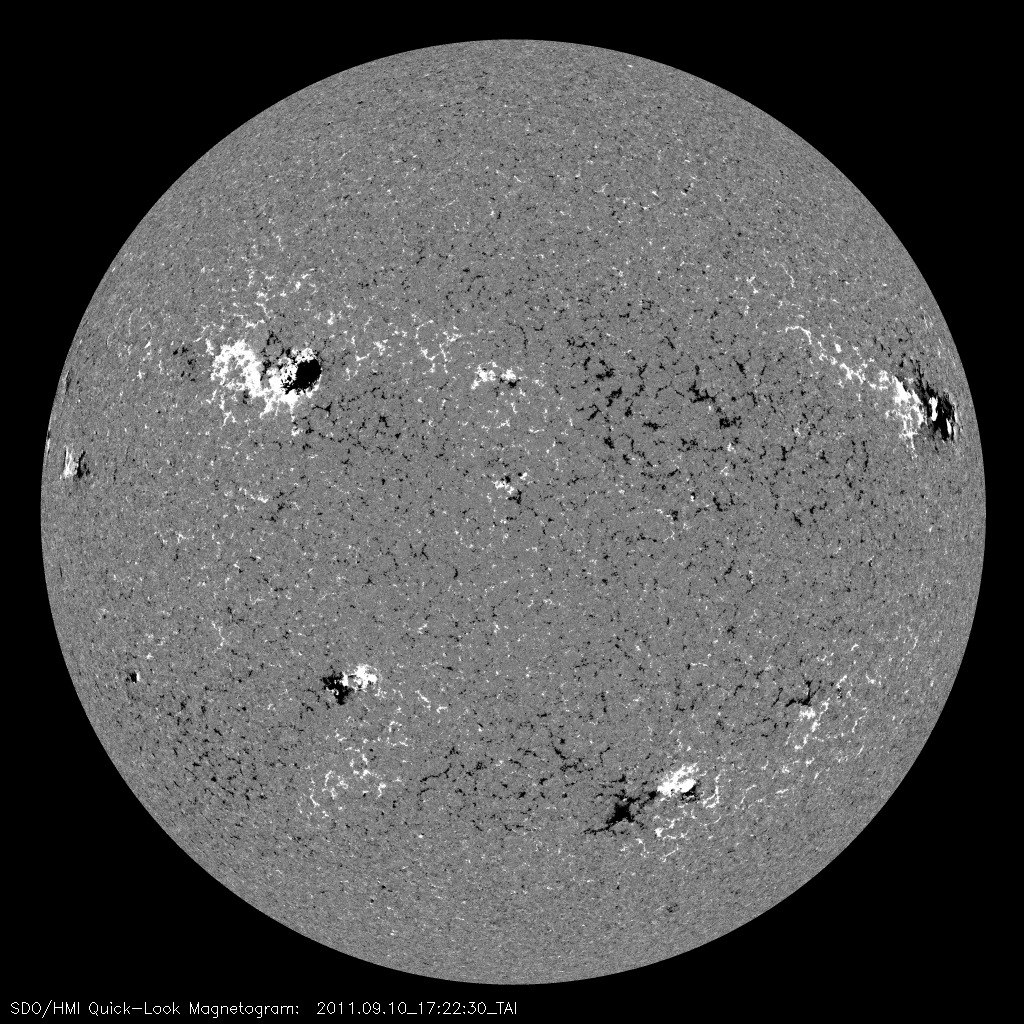
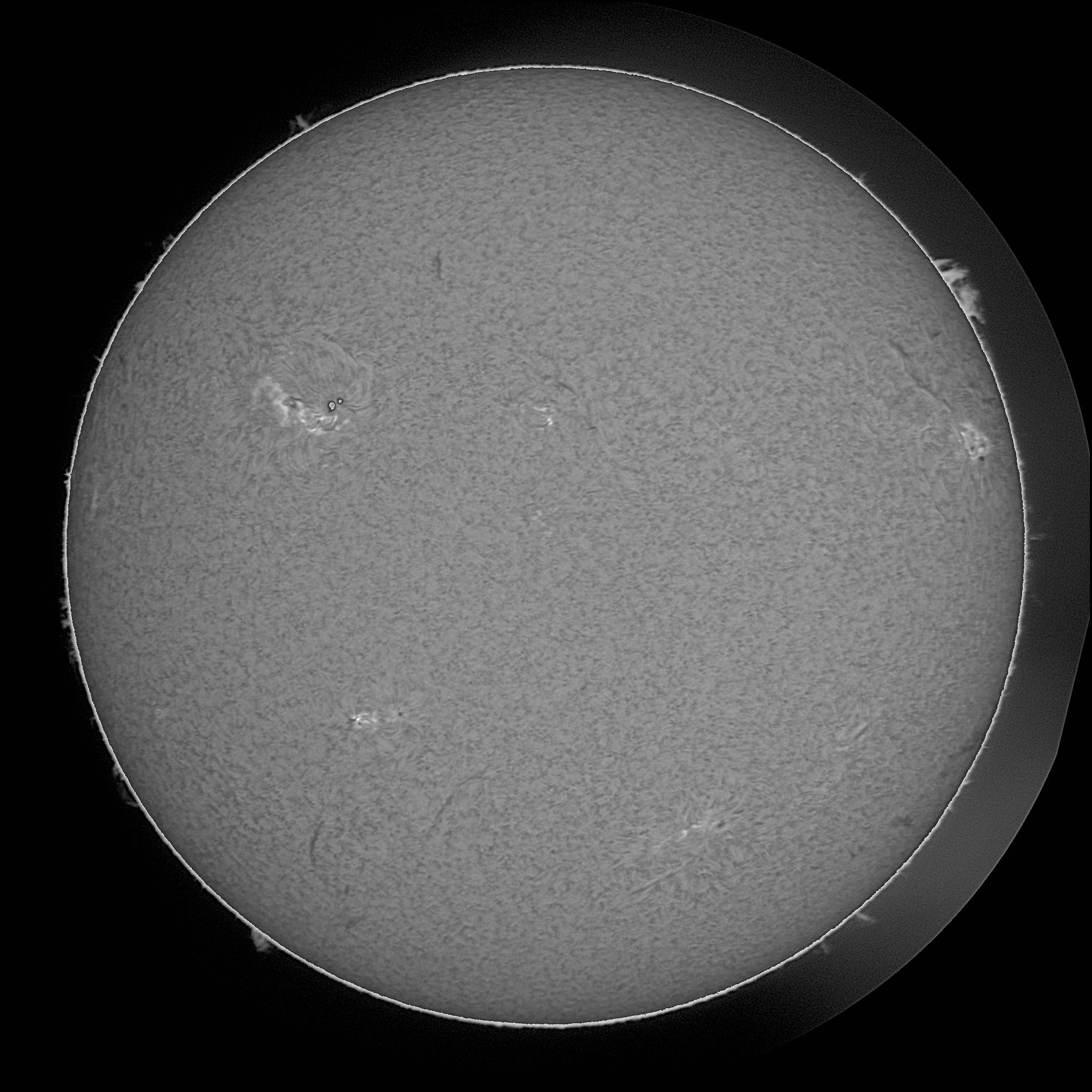
Region
Reports
Notes
MM#009 Default HESSI Target
NOAA 1283 has decayed significantly losing its complex magnetic delta configuration but it still retains a beta-gamma classification. 1283 was the source of the M1.1 event at 09/10/07:40 UT. The potential for a major flare has decreased but another M-class event from 1283 is very possible. NOAA 1289 (N22E28) is slowly developing new flux just southeast of the large leader sunspot and has produced C-class activity. If development continues, there will be a chance for an M-class event. The position of NOAA 1283 on September 10 at 15:30 UT is: N17W64 (Solar X = 820", Solar Y = 226")
Bill Marquette (Helio Research)